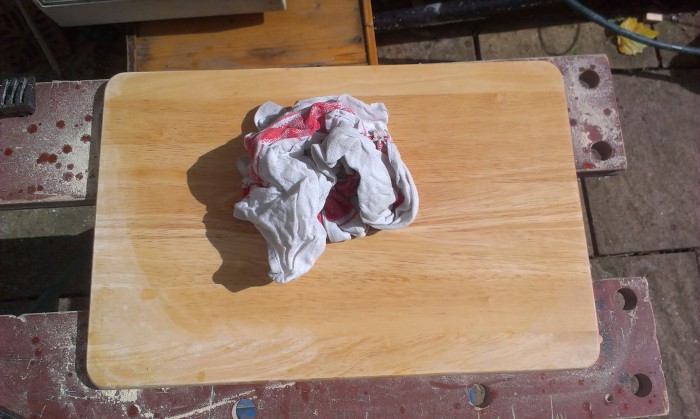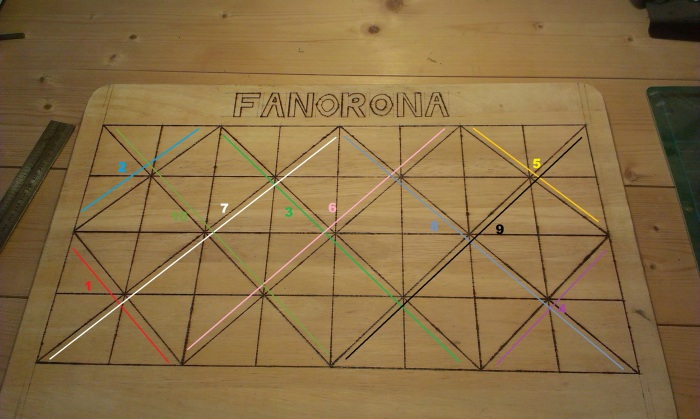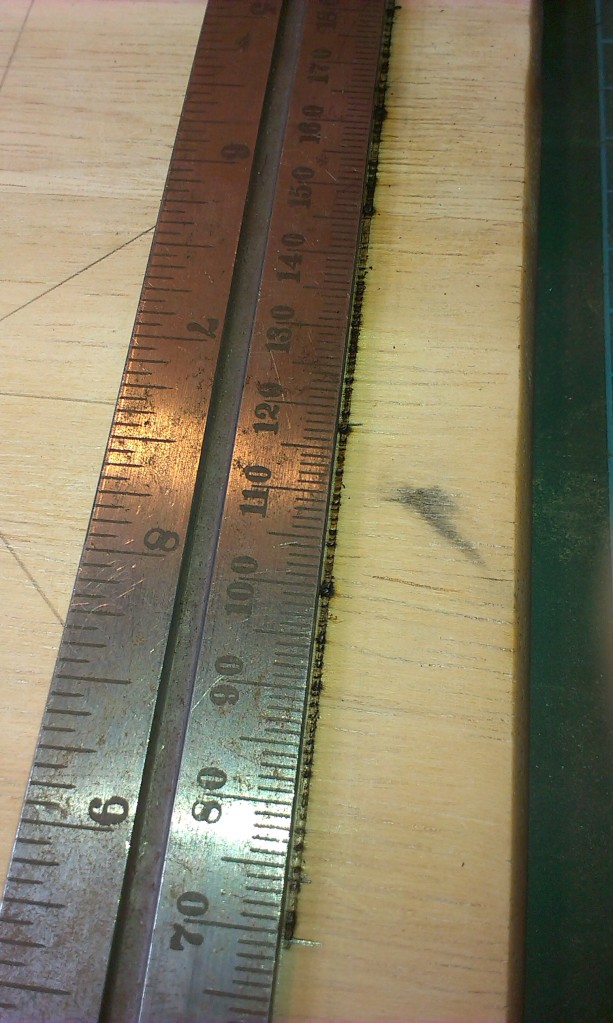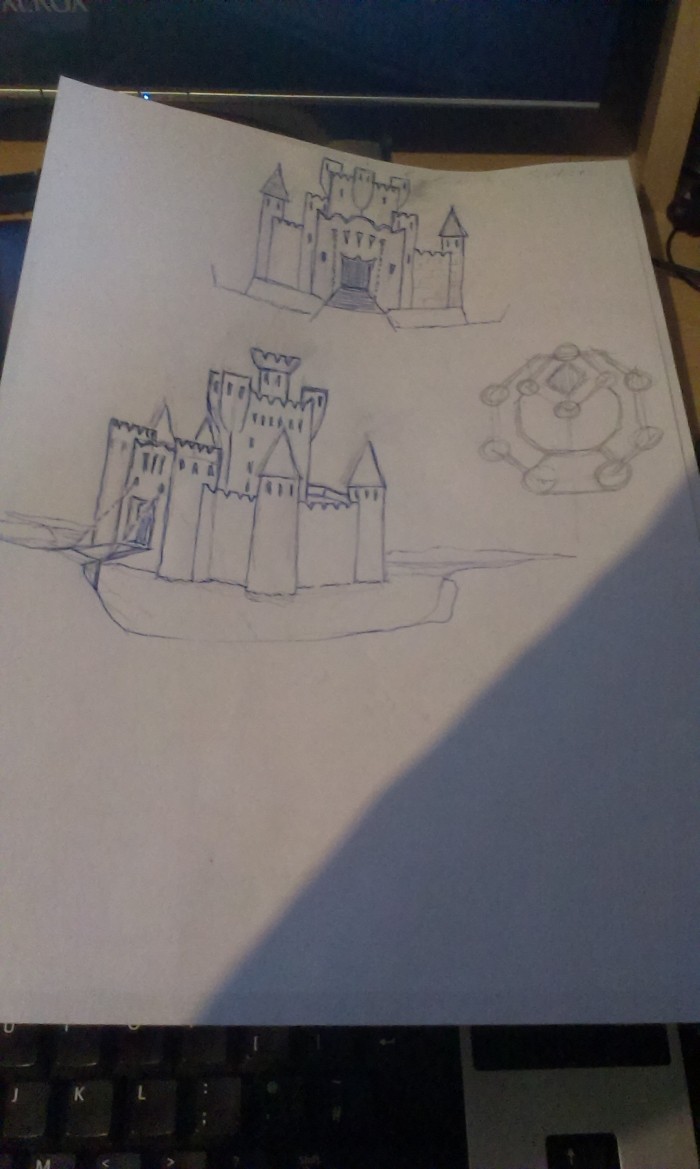From the Depths of The Less Obscure Than we Thought:
Number of Players: 3-6
Year of Publication: 1983
Creator(s):
- Designers: Manfred Burggraf, Dorothy Garrels, Wolf Hoermann and Fritz Ifland
- Artists: Erika Binz-Blanke, Rene Habermacher, Thomas Weiss and Ugurcan Yüce
Scotland Yard is a game we’ve had since…. Well, since forever, so naturally we did no research and just assumed it was obscure. However it turns out it’s sold over 4 million copies worldwide and is still widely available.

The game is basically a depiction of detectives trying to catch a criminal called Mr X, but if they had no cars… No money… And the only transport option available to them were transport vouchers that would only take them one stop at a time. Even on Taxis that done have stops. Not to sound to stupid but one of the best things about this game is its simplicity, you don’t have to spend an hour reading the rules just to play for half an hour, and on top of that the board is an awesome map of London!

Every station or stop on the board is numbered. You each start on a stop chosen at random from and deck of cards with the stop numbers on. Mr X doesn’t show where he starts, instead he has a pad where he writes where he is. Every time he moves he writes on the pad the number of the stop he has moved to and then covers it with the travel token for whichever transport method he has used. After three moves he has to show the other detectives where he is then it’s every fifth move after that.

In this way the detectives must try to land on the same space as Mr X using the knowledge of where he has been and what travel methods he has used. However the detectives have a limited number of travel passes for different things and as they use them they pass them over to Mr X, so, for example, when they run out of ones for the underground they can no longer travel by it and when they run out of all of them they lose because Mr X will never run out. So potentially the game can be fairly short as board games go and it has a finite ending and cannot pull a monopoly on you.

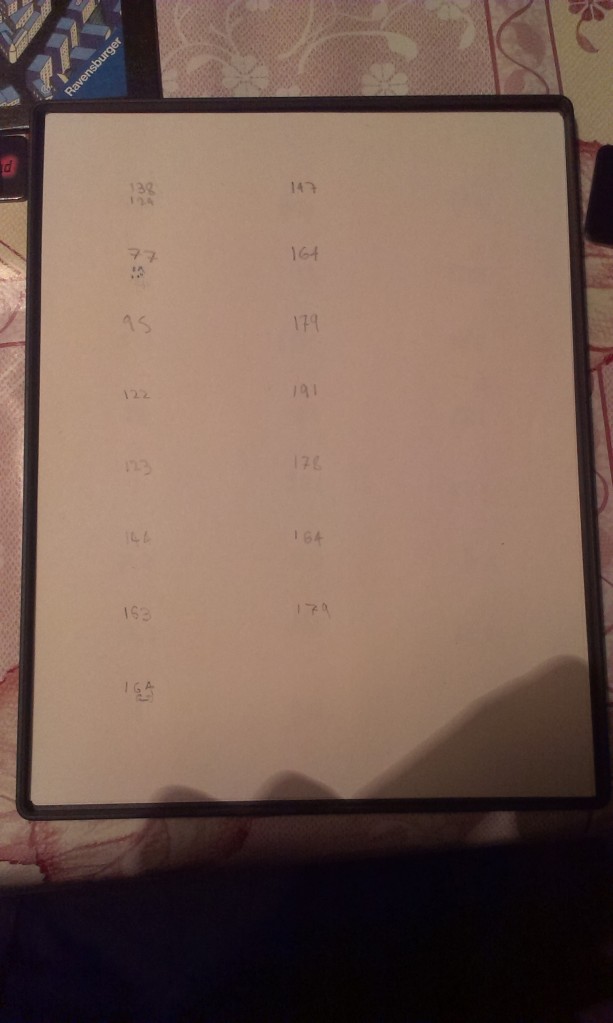
Chairess:
What is Chairess I hear no one ask… WELL! Its Chess… Played with Chairs on a tiled floor when you don’t have a chess board. Recently we were in Brazil, as one often is, and we were bored, so me and my friend looked at the assets we had to entertain ourselves. They happened to be a very large room with a tiled floor and a LOT of plastic chairs and this is what happened:

Unfortunately due to the lack of other colored chairs both sides where white. But! We combined our great intellects and came up with the idea of using which way the chairs were facing to determine which side they were on and the way we stacked them to determine what piece they were:
- for Pawns
- for Castles
- for Knights
- for Bishops
- for a Queen
- for a King

Lets just say that it was less than ideal when it came to moving anything from the Knight onward. If we had had access to a printer we would have printed off identifiers but alas our sole attributes that day where some white chairs a large room and the flip flops on our feet which we used to mark the corners.

As the game progresses it gets harder and harder to keep it straight in your head, because not only do all the pieces look the same they’re also much larger so to take the board in as a whole becomes difficult. This may explain why I lost 2 – 1 to my friend where as on a normal Chess board I beat him 2 – 1.
So if you ever find yourself in a position of boredom and you happen to have a large tiled room and a lot of chairs… You know what to do!









